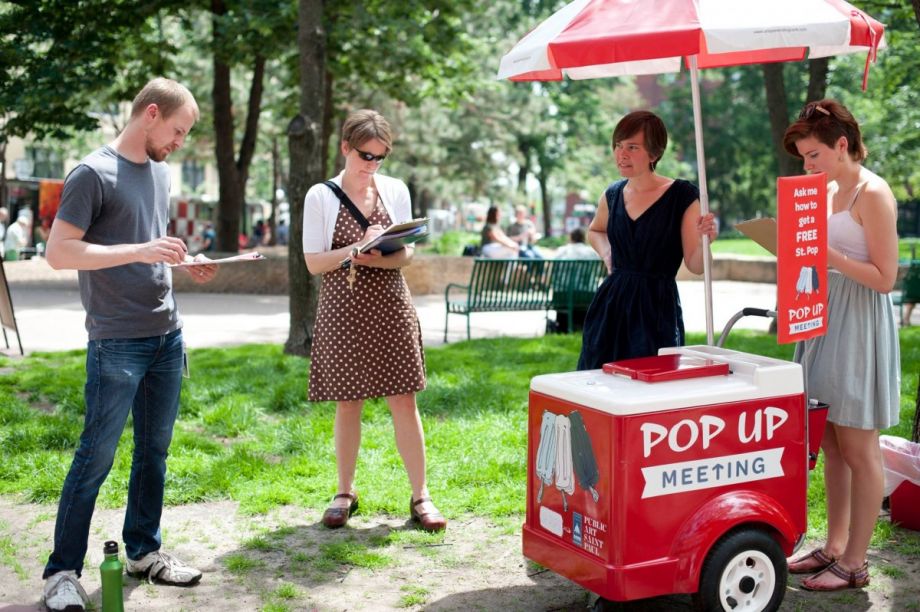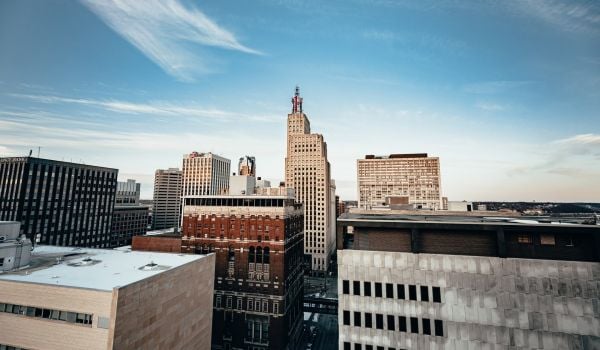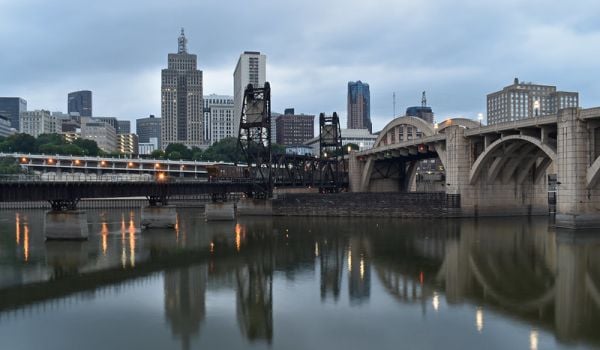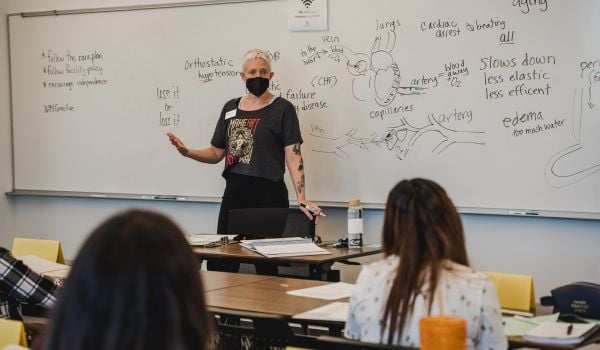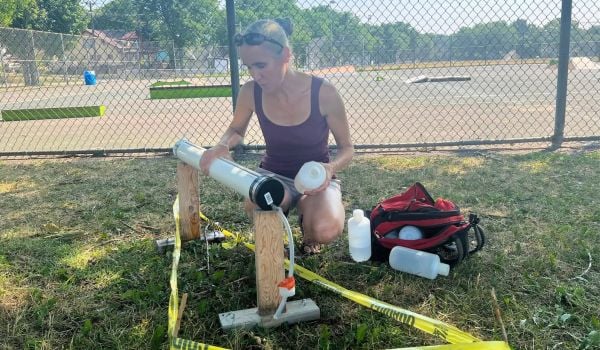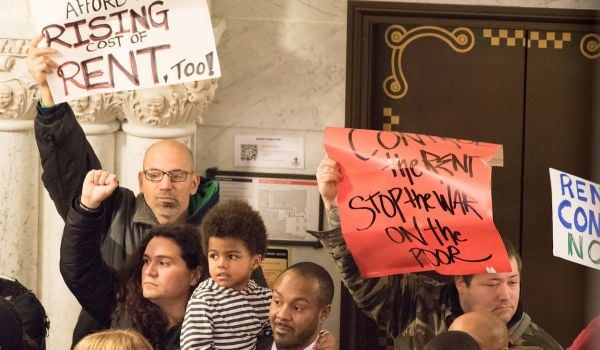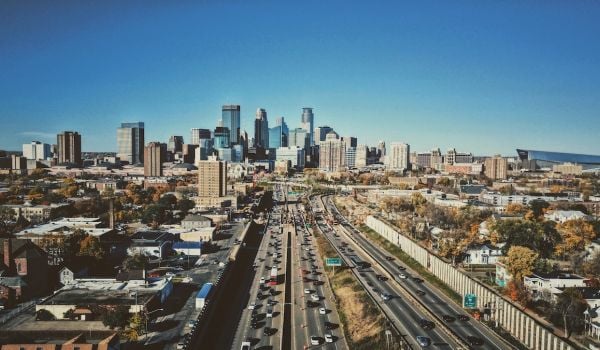When I finished graduate school with a master’s in fine arts, I never would have imagined that I would be working for a city. For five years, I have been a city artist, a program of Public Art Saint Paul, a nonprofit that partners with the city of St. Paul. My office is in City Hall. There are still days when I walk through the grand marble entryway of St. Paul’s spectacular City Hall, take the elevator up to my cubicle, sit at a PC computer, and try to navigate Outlook, when I question myself, “How did I get here? Is this my new artist’s studio?” The job is a true mix of overwhelming, banal, fast-paced and slow-moving. But there is never a day when it does not feel important.
Public Art Saint Paul has one of the longest standing city artists programs, begun in 2005. The trend continues to build momentum, as more and more cities around the country are inviting artists to do residencies or to work in other partnerships with city staff — a trend I hope continues to grow. Here are the five things I’ve learned over my five years working as an artist embedded in city government.
1. The bureaucracy is real — but so are the people.
Whenever I say I work for a city to friends or colleagues in the art world, the first thing people ask about is the bureaucracy. They ask me how do I work with “a city.” My response always is that I don’t work with a city, I work with people. I work with amazing people who have dedicated their lives to making Saint Paul great. Now, yes, there are moments when I question the efficiency or reasoning behind a city process. Overall though, my colleagues’ trust in me — and the trust I have in them — is how I get to do the large-scale projects that I do. There are many stereotypes of city workers and of artists, which get us nowhere. It is good to remember when working in large systems like cities that we are all just people working together. This makes “the bureaucracy” more personal.
2. Holding a big vision is a heavy and slow job.
I think my true art form is the art of email writing. I had to come to terms with this, and the fact that working with many partners and across many sectors involves many emails. Things move slowly and with many opinions. Yes, there are days when I miss just being able to work in my own studio without approvals, permits, and multiple conversations. It can be hard to be the one holding onto a vision that you need to convince many people to believe in who often are trained to think “no” before “yes.” Who better to do this work of convincing than an artist? I have five years of training myself on how to take an idea that only I can see in my head and turn it into something others can feel and see and get behind. It also helps that when someone says “no,” I try to see if they really mean “maybe.” And, I’ve found that once you make it to maybe you are almost to yes. The key to changing the way a city system works is to not think about tomorrow or next year but the next 10, 20, even 100 years. Change takes time. I may not even be around to see all the changes. But I have faith that all these emails do have an impact on getting great things done.
3. My most valuable tool is my phone number and email address.
You can create so much more change from inside a city than you can from the outside. When I call from my city phone number to get a permit or send an email to an engineer who I have yet to meet and say I am a city artist, no one questions me because I am part of the system. I am not special in the city. I am just like any other landscape architect, urban planner, accountant or snowplow driver. This allows me to work under the radar like everyone else who is making our city great. Did you know someone designed the street you live on? Or that someone is controlling the streetlight that tells you when to go, or that someone turned on the water in your park, and someone planted that tree on your block? In St. Paul, because of our City Artist program, residents can say someone stamped poems in their sidewalk; someone designed the city popsicle truck; someone built that bee high-rise hotel; and someone turned that gravel pit into a green gathering space. I think the next wave of innovation is from within. It is not going to be easy, but we can do it together, armed with our emails and phone numbers inside cities.
4. Sometimes this work can be lonely, and you have to be vulnerable.
Who knows what it is like work at an intersection, that space between two things where you are not one or the other? It is a bit lonely, huh? I do not belong fully in a certain art field nor do I fit in a traditional city planning field. My naiveté within the city allows me to see openings where things could be done differently, where creativity and play could be inserted. Yet there are moments when it is exhausting. I always trying to remind fellow colleagues that joy needs to be part of a process, otherwise, how can community meetings be fun and productive? Asking the odd questions takes courage, like asking the director of public works for a popsicle truck that you are sure could bring more voices into planning. But what if it doesn’t? You need to be vulnerable to try something new because there is a chance it will not work. But change cannot happen if someone doesn’t try!
5. This work is needed now more than ever!
We are not going to solve the problems facing American cities in the 21st century in one sector. We need cross-sector collaboration. We need creative leaders! We need more artists in leadership roles. We need more artists working in cities. If you are an artist wanting to make change, try collaborating with your city. And if you work in local government, think about how different your city could be if you had an artist working next to you.
Hear Amanda Lovelee speak in person at a special muraLAB event on Tuesday, July 11 from 6–8 p.m. at the Center / Architecture + Design, 1218 Arch Street, Philadelphia. This event is co-sponsored by the Community Design Collaborative and Mural Arts Philadelphia, with support from the Ford Foundation.
Register to attend here: https://muralarts.ticketleap.com/lovelee/
Amanda Lovelee is an artist who works in civic systems as a translator between government and community with the goal of building places where everyone belongs. She is a cofounder of CAIR Lab, which supports artists in residence in government through public speaking, research, and launching new programs all in collaboration with government staff, artists, and communities.

